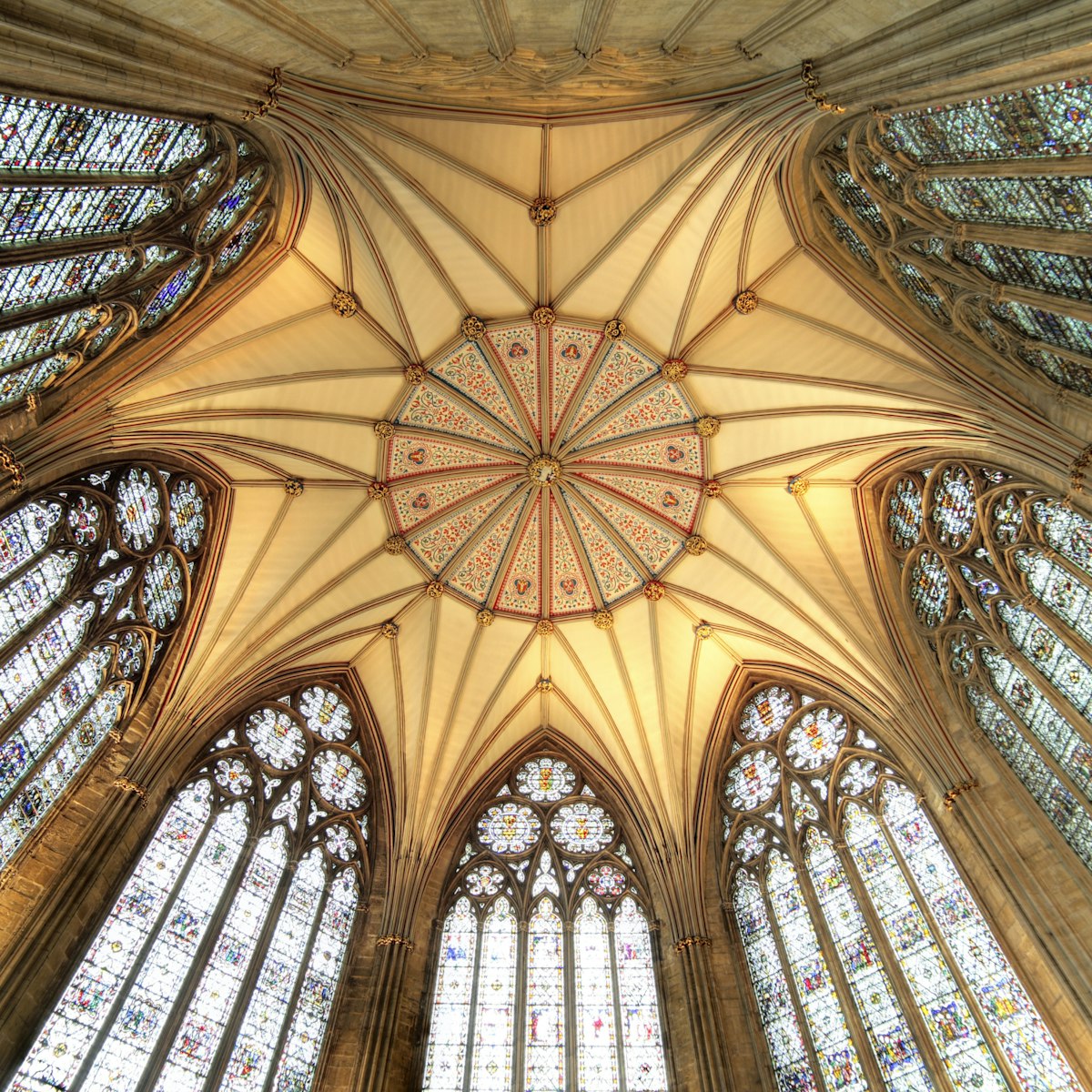The alluring and strangely obsessive water gardens of the Studley Royal estate were built in the 18th century to enhance the picturesque ruins of 12th-century Fountains Abbey. Together, they present a breathtaking picture of pastoral elegance and tranquillity that have made them a Unesco World Heritage site and the most visited of all the National Trust's pay-to-enter properties.
After falling out with the Benedictines of York in 1132, a band of rebel monks came here to establish their own monastery. Struggling to make it alone, they were formally adopted by the Cistercians in 1135. By the middle of the 13th century, the new abbey had grown wealthy from trading wool and had become the most successful Cistercian venture in the country. After the Dissolution, when Henry VIII confiscated church property, the abbey's estate was sold into private hands, and between 1598 and 1611 Fountains Hall was partly built using stone from the abbey ruins. The hall and ruins were united with the Studley Royal estate in 1768.
Studley Royal was owned by John Aislabie, once Chancellor of the Exchequer, who dedicated his life to creating the park after a financial scandal saw him expelled from parliament. The main house of Studley Royal burnt down in 1946, but the superb landscaping, with its serene artificial lakes, survives almost unchanged from the 18th century.
The remains of the abbey are impressively grandiose, gathered around the sunny Romanesque cloister, with a huge vaulted cellarium leading off the west end of the church. Here, the abbey's 200 lay brothers lived, and food and wool from the abbey's farms were stored. At the east end is the soaring Chapel of Nine Altars and on the outside of its northeast window is a Green Man carving (a pre-Christian fertility symbol).
A choice of scenic walking trails leads for a mile from the abbey ruins to the famous water gardens, designed to enhance the romantic views of the ruined abbey. Don't miss St Mary's Church above the gardens.
Fountains Abbey is 4 miles west of Ripon off the B6265. Bus 139 travels from Ripon to Fountains Abbey visitor centre year-round (£4.40 return, 15 minutes, four times daily on Monday, Thursday and Saturday).





